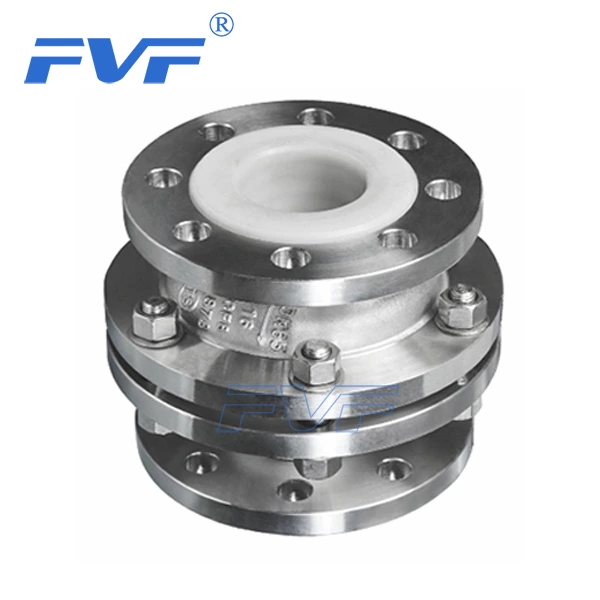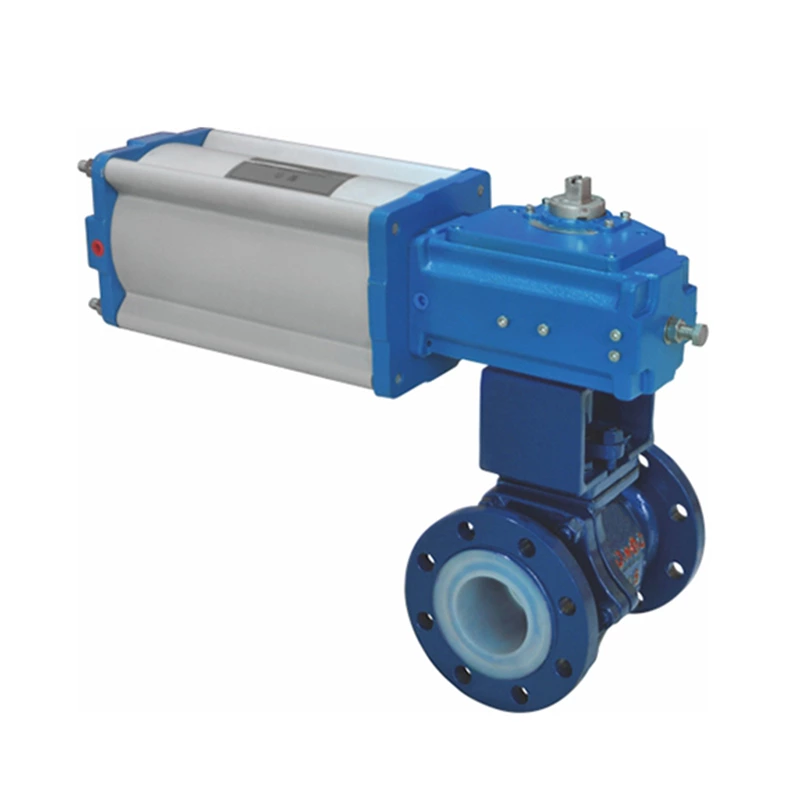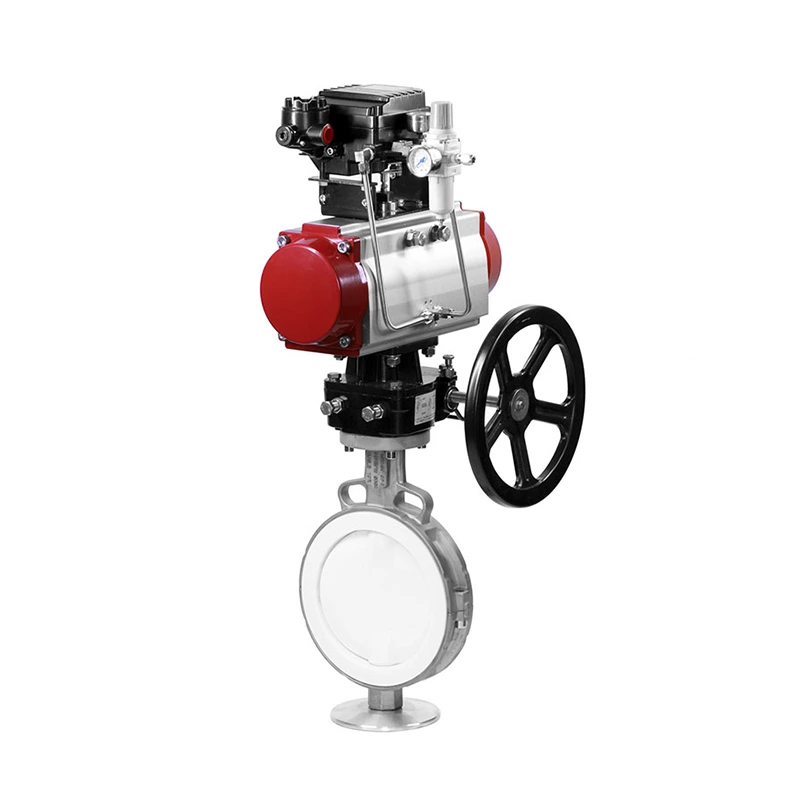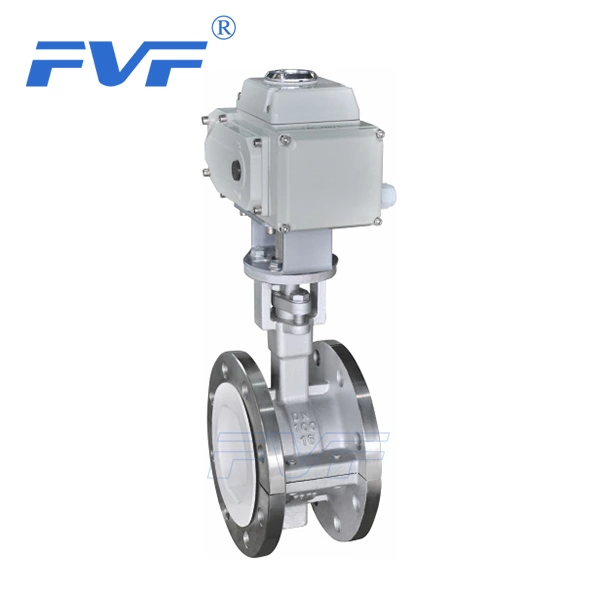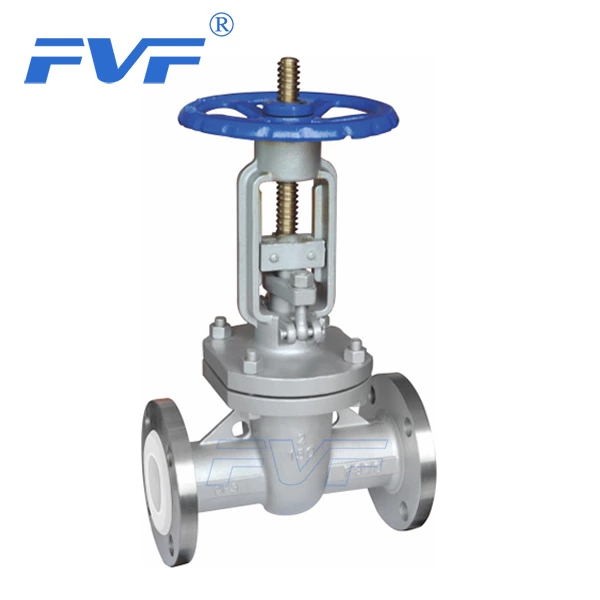Working Principle Of Swing Check Valve
Lined Check Valve is also called a one-way valve or a non-return valve, and its function is to prevent the backflow of the medium in the pipeline. The valve that opens or closes automatically by the flow and force of the medium to prevent the backflow of the medium is called a check valve. The check valve belongs to the automatic valve category, which is mainly used in pipelines where the medium flows in one direction, and only allows the medium to flow in one direction to prevent accidents. This type of valve should generally be installed horizontally in the pipeline.
Check valves can be divided into three types according to their structure: lift check valves, swing check valves and butterfly check valves. Lift check valves can be divided into two types: vertical check valves and horizontal check valves. Swing check valves are divided into three types: single-flap check valves, double-flap check valves and multi-flap check valves. Butterfly check valves are straight-through check valves. The above check valves can be divided into three types in terms of connection form: threaded check valves, flanged check valves and welded check valves.
The following matters should be noted when installing the check valve:
1. Do not allow the check valve to bear weight in the pipeline. Large check valves should be supported independently so that they are not affected by the pressure generated by the pipeline system.
2. During installation, pay attention to the direction of the medium flow should be consistent with the direction of the arrow on the valve body.
3. The lifting vertical flap check valve should be installed on the vertical pipeline.
4. The lifting horizontal flap check valve should be installed on the horizontal pipeline.
Nominal pressure or pressure level of check valve: PN1.0-16.0MPa, ANSI CLASS 150-900, JIS10-20K Nominal diameter or caliber: DN15~900, NPS 1/4~36 Connection mode: flange, butt welding, thread, socket welding, etc. Applicable temperature: -196℃~540℃ Valve body material: WCB, ZG1Cr18Ni9Ti, ZG1Cr18Ni12Mo2Ti, CF8(304), CF3(304L), CF8M(316), CF3M(316L), Ti. By choosing different materials, the check valve can be used for various media such as water, steam, oil, acetic acid, oxidizing medium, urea, etc.
The check valve only allows the medium to flow in one direction and prevents the flow in the opposite direction. Usually the check valve works automatically. Under the pressure of the fluid flowing in one direction, the valve disc opens; when the fluid flows in the opposite direction, the fluid pressure and the deadweight of the valve disc and the valve disc act on the valve seat, thereby blocking the flow.
Check valves include swing check valves and lift check valves.
The swing check valve has a hinge mechanism and a door-like valve disc freely resting on the inclined valve seat surface.
In order to ensure that the valve disc can reach the appropriate position of the valve seat surface every time, the valve disc is set in the hinge mechanism so that the valve disc has enough swing space and makes the valve disc truly and comprehensively contact the valve seat.
The valve disc can be made entirely of metal, or it can be inlaid with leather, rubber, or a synthetic covering surface on the metal, depending on the requirements of applicable performance.
When the swing check valve is fully opened, the fluid pressure is almost unimpeded, so the pressure drop through the valve will be relatively small.
The valve disc of the lift check valve is located on the valve seat sealing surface on the valve body. Except that the valve disc can be lifted and lowered freely, the rest of the valve is the same as the stop valve. The fluid pressure lifts the valve disc from the valve seat sealing surface, and the medium reflux causes the valve disc to fall back to the valve seat and cut off the flow.
Depending on the applicable conditions, the valve disc can be a full metal structure, or a rubber pad or a rubber ring can be embedded on the valve disc frame.
Like the stop valve, the passage of the fluid through the lift check valve is also narrow, so the pressure through the lift check valve is greater than that of the swing check valve, and the flow of the swing check valve is less restricted.
